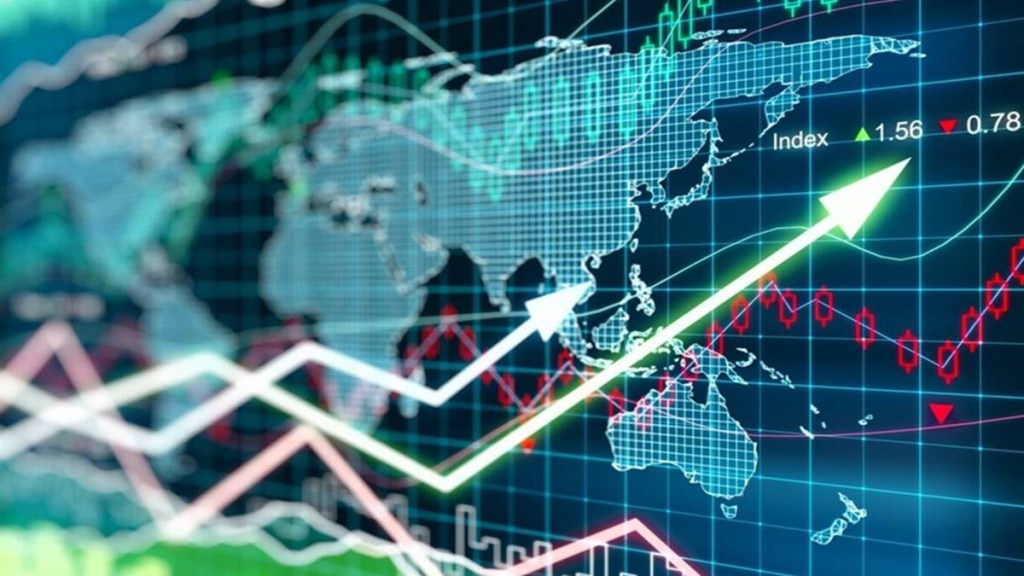US inflation increased more than the expectations for the month of September. In September, the Consumer Price Index for All Urban Consumers increased 0.4 percent, seasonally adjusted. Another alarming development was a significant 0.6% increase in the so-called core rate of inflation, which excludes the cost of gasoline and food. Wall Street had anticipated a 0.4% increase.
According to the Bureau of Labor Statistics, inflation rose 8.2 percent over the last 12 months, not seasonally adjusted. The index for all items less food and energy increased 0.6 percent in September (SA); up 6.6 percent over the year (NSA).
U.S. Inflation number for September released today on October 13 may be seen as an inflection point for stock market investors. The US stock market is now more concerned about the impact of rate hikes on the economy and corporate earnings, in particular.
Between May and August, US inflation fluctuated as follows: US inflation increased from 8.6% in May to 9.1% in June before dropping to 8.5% in July and then resting at 8.3% in August 2022.
As far as the rate hikes are concerned, the Fed is expected to hike rates for the fourth time in a row in its November FOMC meeting. The Fed has already raised rates by 300 bps from the near-zero levels seen in January 2022.
Also Read: Fed to deliver 4th consecutive 75 bps rate hike in November
Because of August’s stubborn inflation figures and the continued stability of prices, the US Fed decided to increase interest rates by 75 basis points for the third time in a row in September. The Fed expects to tighten monetary policy by an additional 1.25 percentage points before the year is over.
The FOMC members’ forecasts for rate increases to 4.4% in 2022 and 4.6% in 2019 were both higher than those of the market, according to the Fed dot plot. It is expected that the Fed will increase interest rates by 75 basis points for the fourth consecutive meeting of the FOMC on November 2, followed by a 50 bps increase in December.
Rate hikes of unprecedented magnitude are expected to have a toll on the economy. It all depends on whether the Fed can end the rate hikes with an economic ‘soft landing’ or a ‘hard landing.’ The market stakeholders are unsure of whether there will be a widespread recession and how long it would persist if it does.
For the latest updates on the US stock market, click here.
The US equities are in a bear market. In 2022, the S&P 500 is down more than 22%, the Dow 30, which represents US-based corporations, is down almost 20%, and the tech-heavy Nasdaq 100 is firmly in the bears’ grasp, down more than 30%. Investors are waiting to see how the US stock market closes out the final quarter before entering 2023.

